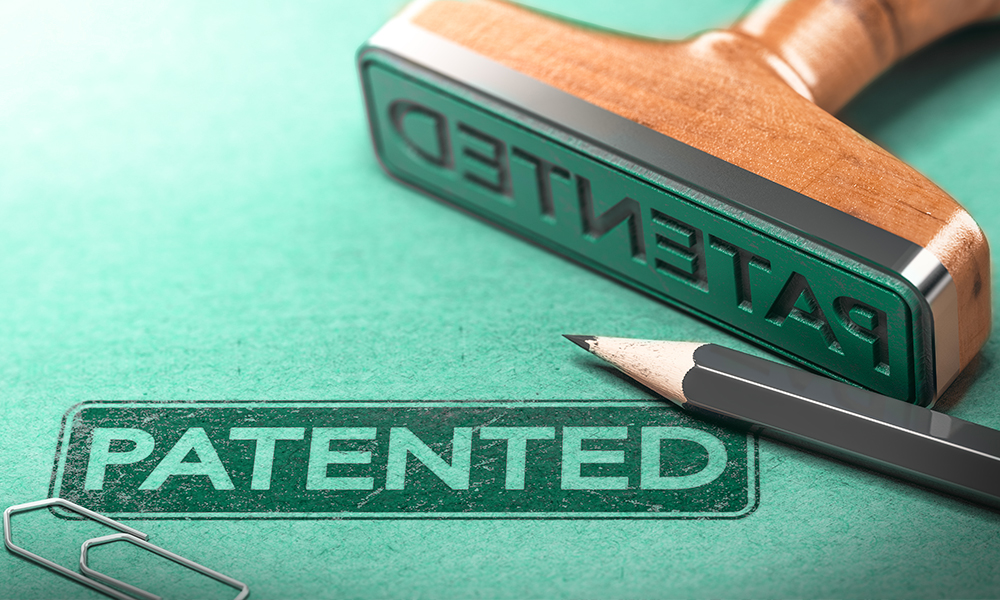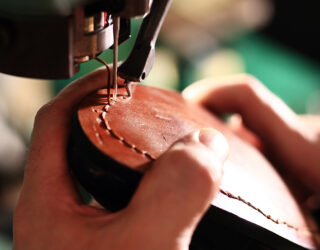The opposition procedure for European patents, enables third parties, within nine months of the publication of the mention of the grant of the patent, to oppose that patent at the European Patent Office (EPO). This opposition procedure for European patents is particularly useful when the patent in question is hindering our commercial interests and we have adequate reasons to revoke its registration. One of the most effective ways of obtaining the revocation is to prove “prior public use”. We look at what this consists of below.
The grounds for opposition, which are set out in article 100 of the European Patent Convention (EPC) are the following:
- the subject-matter of the European patent does not meet patentability requirements: novelty, inventive step and industrial application (article 100(a) in relation to articles 52-57 EPC);
- the European patent does not disclose the invention in a manner sufficiently clear and complete for it to be carried out by a person skilled in the (article 100(b) in relation to article 83 EPC); and/or
- the subject-matter of the European patent extends beyond the content of the application as filed (article 100(c) in relation to article 123(2) EPC).
In general, when preparing an opposition against a European patent, substantial effort should be made to locate the relevant state of the art, in order to be able to provide solid evidence of the lack of novelty and/or inventive step of the patent that has been granted. However, this is not an easy task. It should be borne in mind that the EPO will already have conducted a search of the state of the art and an examination of the merits of the patent in question. This therefore reduces the realistic possibility of finding this document of the state of the art that anticipates the novelty of the subject-matter granted by the EPO, because, generally speaking, the searches and examination carried out by the EPO are of very high quality.
Consequently, it is necessary to take into account other means of contesting the patent which have greater chances of succeeding in the opposition proceeding. One of them is undoubtedly, “prior public use”, since unless the case is very evident, the EPO is not usually able to collect this type of evidence as a result of the search that it conducts for the state of the art during the grant procedure. That is, as opposed to novelty and/or inventive step, “prior public use” is evidence that is unlikely to have been borne in mind during the grant procedure, and consequently has more chances of succeeding during the opposition proceeding.
When is subject-matter or a procedure considered to have been made available to the public through use or in any other way? When on the relevant date (the application or priority date of the patent that has been opposed), the members of the public could have been aware of the subject-matter or procedure and there were no confidentiality barriers restricting the information, use or dissemination of such awareness. For example, usual forms of “prior public use” are producing, offering, marketing, etc. the patented products or processes.. “Prior public use” can also be obtained through, for example, demonstrations and presentations, specialized training courses, television, public exhibitions etc.
In this regard, “prior public use” of a product through its marketing should be afforded special attention. In this case, the intrinsic characteristics of the product would be considered to have been disclosed in full, even if to do so, a specific analysis would have to be made to discover the internal composition or structure of the product. However, the extrinsic characteristics of the product which are only revealed when the product is exposed to interaction with specifically chosen outside conditions, such as, reactants or the like, in order to provide a particular effect or result or to discover potential results or capabilities, are not considered disclosed. This would be the case of a different biological effect to the effect or function that is already known for a pharmaceutical substance (Enlarged Board of Appeal of the EPO, G2/88, G1/92).
Therefore, when submitting evidence of “prior public use”, information and evidence






